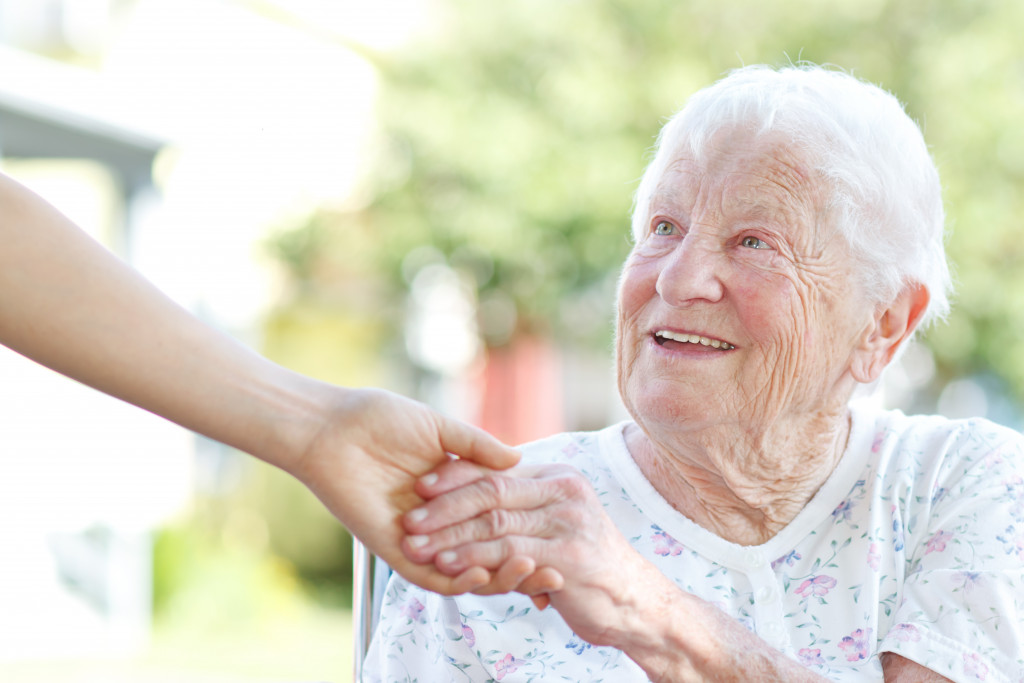Aging is a common and inevitable problem in the US. It’s a problem that everybody is tackling, and it’s pretty clear that their health, both mental and physical, are paramount in handling this problem. But first, we must discuss how big of a problem aging is and how it’s affecting everyone in the country.
Facts: The Aging Population in the US
The aging population is growing by the numbers, thanks to the enormous population of Baby Boomers in the US. Currently, the numbers show us that the number of the aging population will double in the coming years. By 2060, the number of those 65 years and older would be a staggering 95 million people, making up more than 20% of the country’s population.
Moreover, this aging population will be more racially and ethnically diverse than before. The share of non-Hispanic white would drop by 22% in the coming 50 years. However, the health and wellness problems will continue to grow as more diseases start to take over the country.
The elderly are more susceptible to COVID-19 infections, which are more fatal. Recent data has shown that COVID-19 related deaths are much higher for those who have reached age 65 or higher, and this age bracket is responsible for over 11% of recent infections. But COVID-19 isn’t the only disease that causes problems for seniors.
Heart disease, an insidious disease, and a fatal one are also common among the aging population. Arthritis, a much less severe illness than heart disease but still problematic to those with it, is also common among seniors. The increasing problems that constitute health and wellness among seniors are hard to solve. Thankfully, we are finding ways to deal with it by improving healthcare coverage in the country.
Medicare
Living healthy can be a challenging undertaking, especially for those that have reached seniority. It becomes even harder if they don’t have the funding. Data has shown that seniors part of the low socioeconomic bracket and part of the minority have shorter lifespans than those part of the medium to high socioeconomic bracket. Various programs like Medicare are available to seniors who need financial and medical aid to deal with this.
Medicare is beneficial for seniors to part of the low socioeconomic bracket because it gives them cheaper medicines and better medical treatment at a much lower price. It also covers outpatient medical services and home health care to a certain degree, which people recovering from a recent operation can benefit from. This is essential for those with disabilities or those who need to visit the hospital occasionally every year.
However, it’s been found that Medicare isn’t a long-term solution for many seniors. Instead, it’s a short-term solution for recovering the elderly. Those who want to give their seniors the best long-term solution have to invest in smart care.
Smart Care

Smart devices are becoming favored devices in every household. It’s great for seniors that want to age in place, and when planned alongside their recovery from medical operations, it becomes a decent long-term solution for every elderly.
The usage of smart devices to monitor the health of our seniors has only been recently introduced to the market. People can now watch over the vitals of their elderly on their smartphones. Additionally, the same technology can help track where they are, making it useful for seniors with dementia. The user interface for these devices is also friendly enough that people don’t need extensive knowledge about technology to use them.
Despite being an expensive investment option, smart devices offer smart care options for the elderly. As a result, many more Americans invest in this technology, knowing that it can help the elderly age much more healthily in the coming years. It has become a fundamental part of our homes and the daily lives of our seniors.
Telehealth
Lastly, we come to telehealth. Telehealth is considered the hero of the pandemic, especially for seniors with healthcare needs who can’t leave their homes because of high infection rates. The rate of the usage of telehealth has increased by 154% since the pandemic started, and it continues to rise today. It becomes the primary form of healthcare for many seniors susceptible to the virus.
The Bottom Line
Seniors and healthcare come hand-in-hand because, without healthcare options, seniors aging in place and centers will have a hard time surviving. Thankfully, the various programs and services indicated above are helping seniors to live a much healthier life. Moreover, they are improving the individual health of seniors, especially those part of the low socioeconomic bracket.